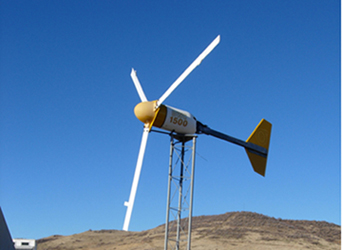Reviewed and Revised on 11/19/2013
Passive solar cooling of homes involves combination of several different techniques to help lower cooling costs of the home in an environmentally friendly manner. The techniques used should depend upon the climate of the region. They could range from natural ventilation through breezes and thermal mass to carefully designed and built roof, windows, window overhangs etc. Such homes are easily able to stay cool and comfortable, during the summertime, without much use of an air …


